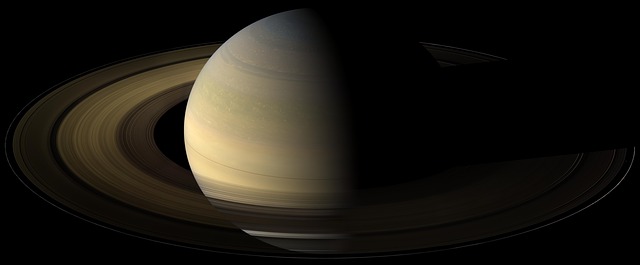It’s been more than 12 years for NASA’s Cassini-Huygens, and the spacecraft has now entered the last leg of its lengthy mission on the ringed planet Saturn. Cassini was launched in July 2004 and reached Titan, Saturn’s largest moon, in January 2005. The end of the probe’s voyage is set for September 2017, but Cassini will complete a daring two-part role before it goes out of commission.
Starting this November 30, Cassini’s orbit will place it just at the outer edge of Saturn’s main rings. These orbits – there are 20 – are called F-ring orbits. Cassini is to approach within 4,850 miles of the middle of the narrow F-ring that has a unique braided structure, Phys.org reports.
Linda Spilker, a project scientist for Cassini at NASA’s Jet Propulsion Laboratory in Pasadena, says that they hope the probe can capture closer looks at the rings, along with small moon and other planetary objects embedded in them. She adds,
The last time we got this close to the rings was during arrival at Saturn in 2004, and we saw only their backlit side. Now we have dozens of opportunities to examine their structure at extremely high resolution on both sides.
Cassini’s Grand Finale will begin in April 2017. It will have to do a close flyby of Titan to reshape its orbit so that it can pass through the gap between the planet and the rings. This space has never been explored before. Cassini is expected to make 22 dives through this gap, which measures 1,500 miles across.
Spilker compares it to a new mission altogether. She says, “The scientific value of the F ring and Grand Finale orbits is so compelling that you could imagine a whole mission to Saturn designed around what we’re about to do.”
Cassini is the fourth space probe to have made it to Saturn and the first to enter its orbit. Since its arrival, it has studied the massive planet and has beamed back information on both Saturn and Titan. Its primary mission was completed in 2008, but was extended twice as scientists felt it could provide more useful data.
























